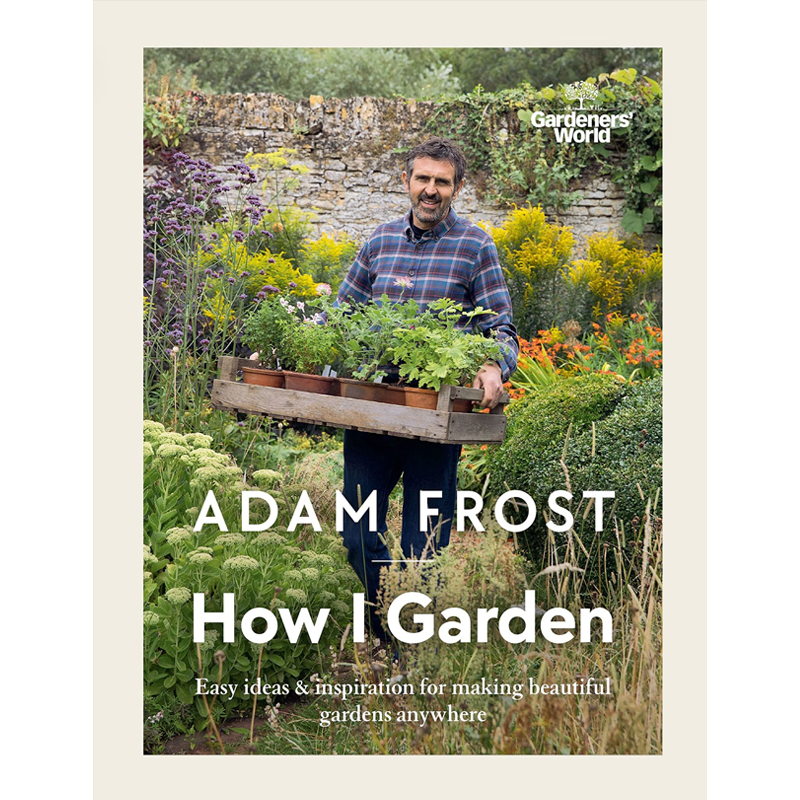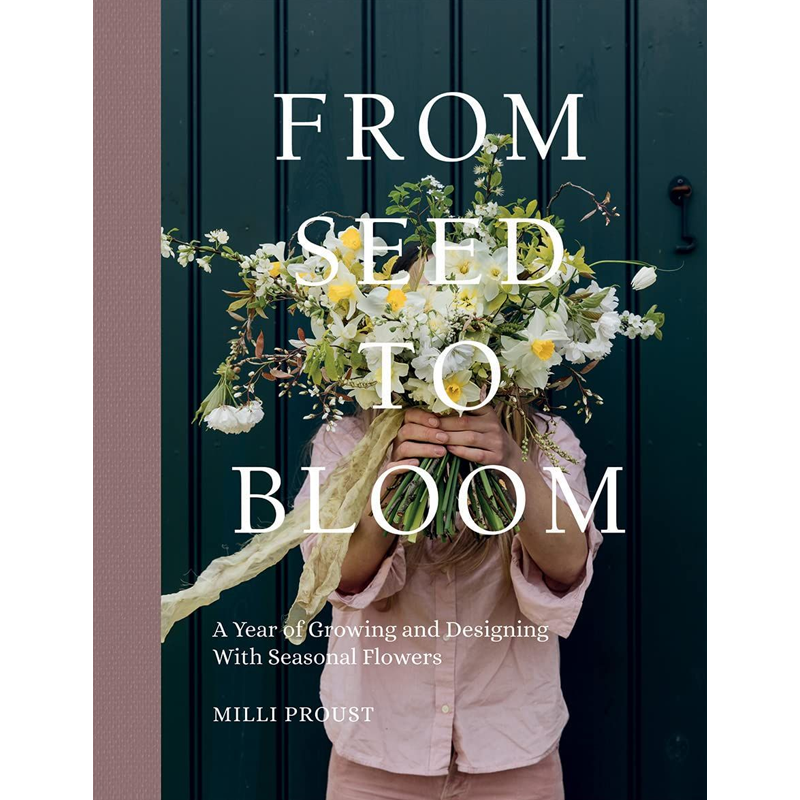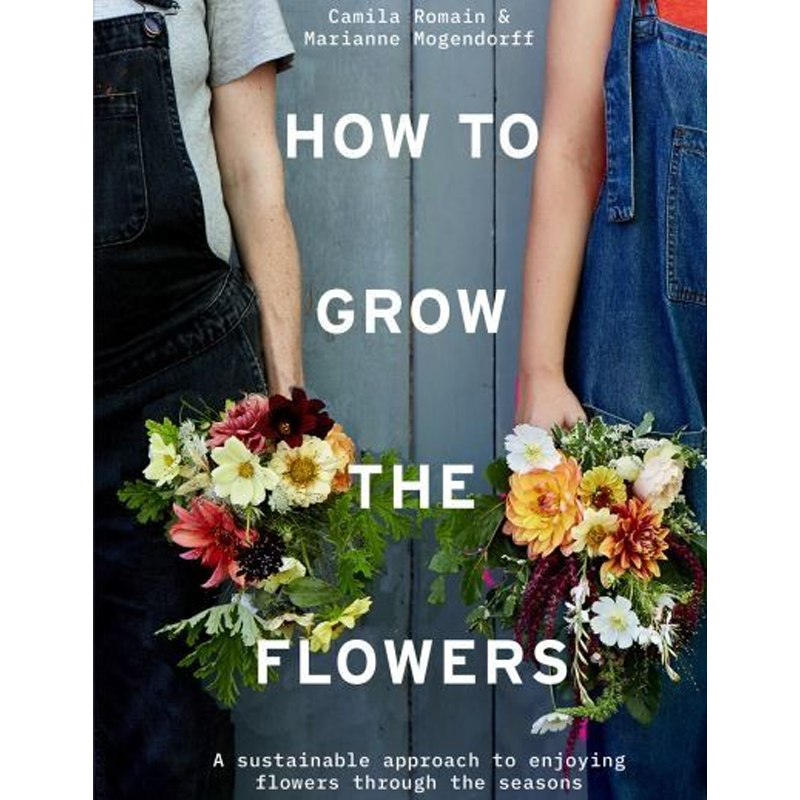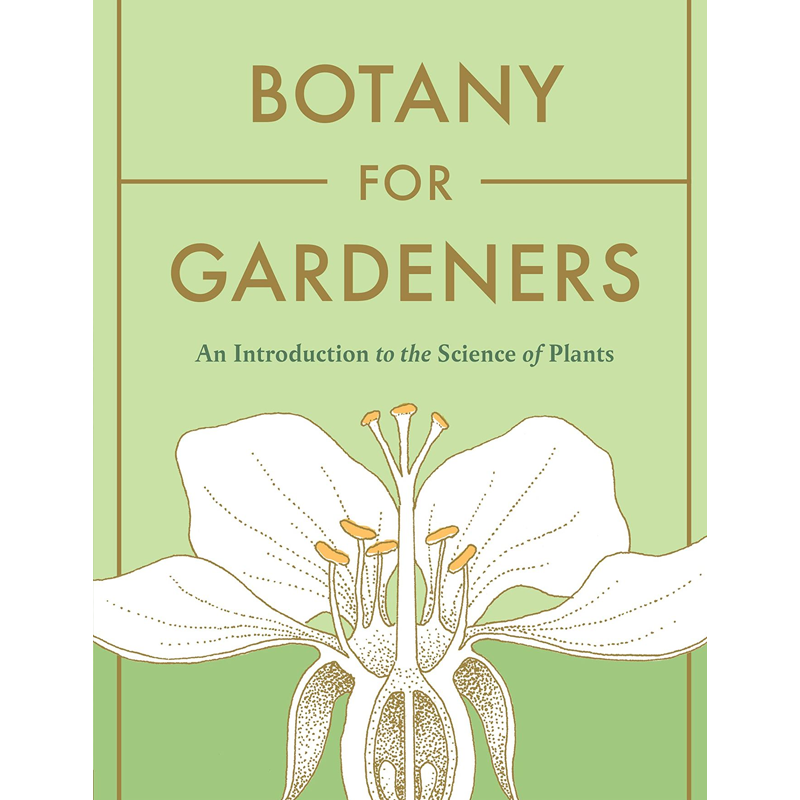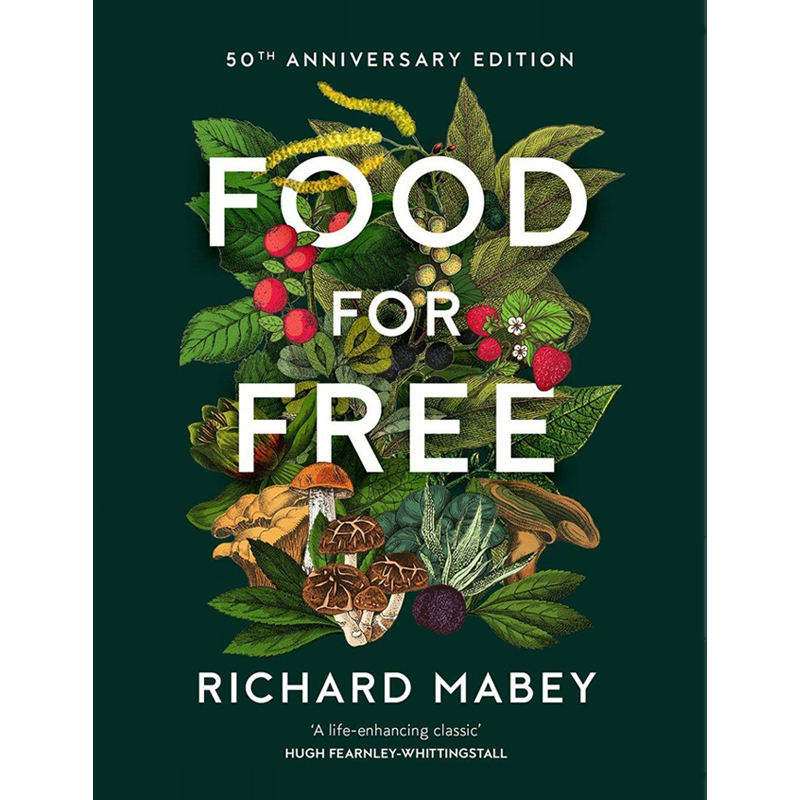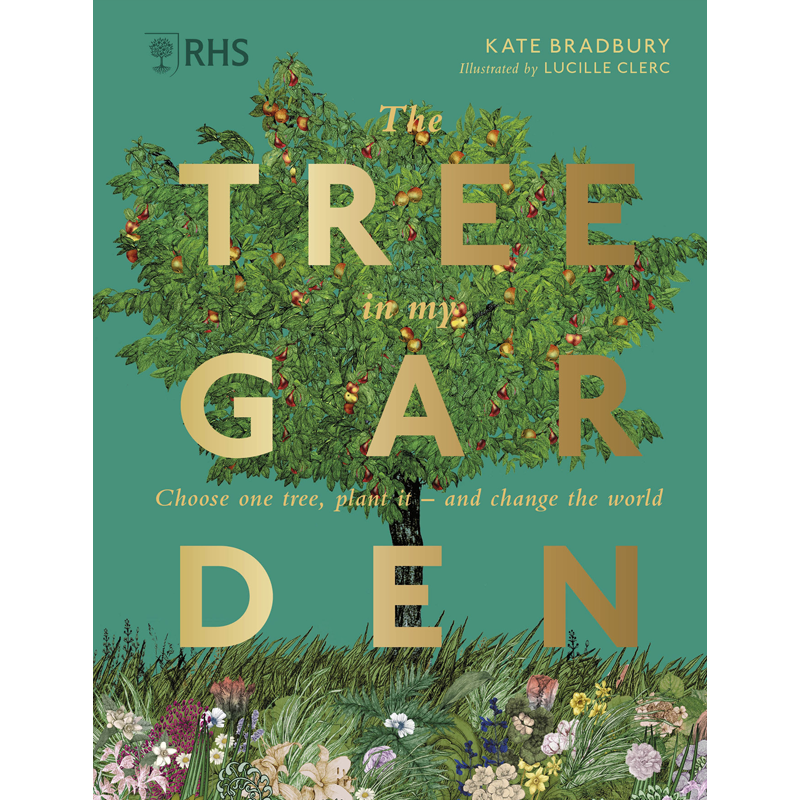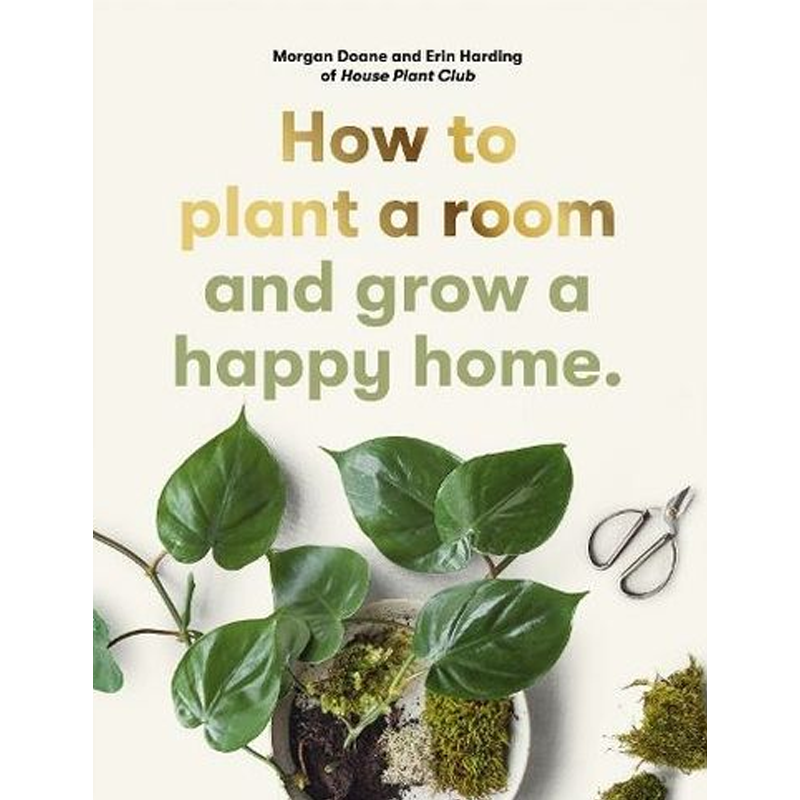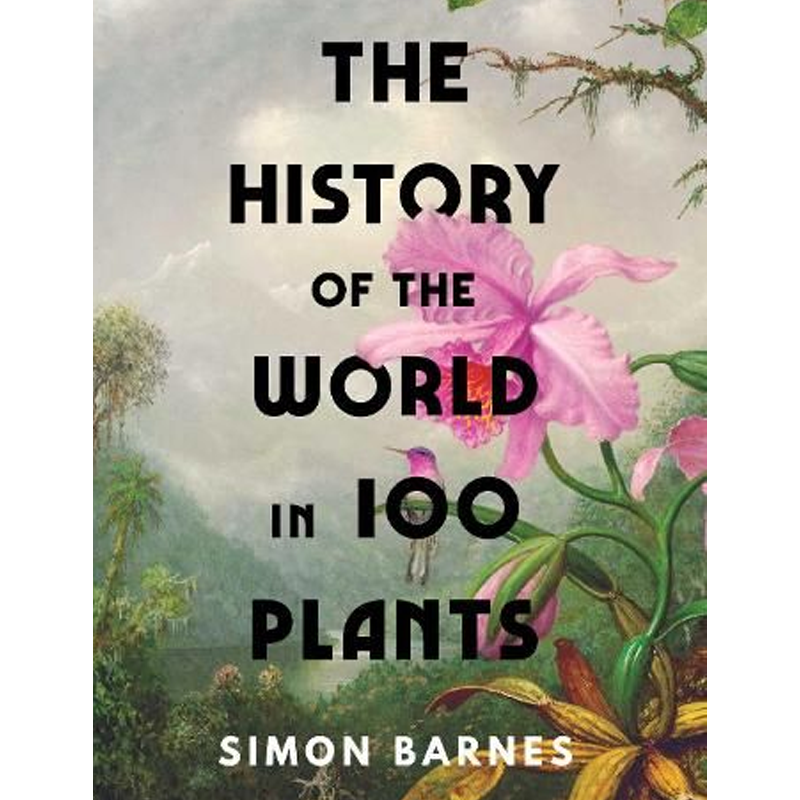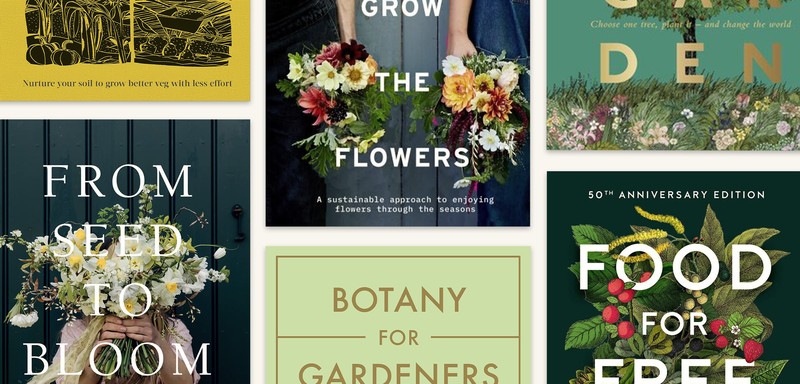
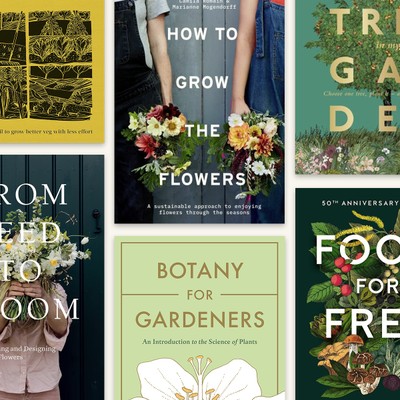
9 New Gardening Books To Read Now
BEST FOR PRACTICAL ADVICE:
Gardener's World: How I Garden by Adam Frost, £22
Gardeners' World presenter Adam Frost has won seven RHS Chelsea gold medals as a designer and regularly invites viewers into his lush garden at his family home. His new book is full of practical advice on how to get the most out of your garden – whether it’s a window box, terrace with a few pots or a bigger space with dedicated borders. A useful guide if you want to try your hand at growing vegetables and herbs – or flowers to decorate your home – Adam explains how his own garden has allowed him to enjoy the simple pleasures in life and create memories with his family.
Visit Waterstones.com
BEST FOR BEGINNERS:
From Seed to Bloom: A Year of Growing & Designing With Seasonal Flowers by Milli Proust, £20
Writer and floral designer Milli Proust regularly creates unique floral displays for events around the UK, as well as brands like Soho House. Published earlier this year, her first book is a practical guide to growing a garden from scratch, whether that’s on a windowsill or in the ground. Highlighting the easiest and most robust flowers throughout each season, it’s full of advice on what to grow in the ground, in pots and on trellis fences to maximise your space. It also features 26 projects you can try throughout the year, tips on how to style plants and flowers in your garden and home, and advice on soil health, composting, sustainable growing and how to plan your planting.
Visit Waterstones.com
BEST FOR SUSTAINABILITY:
How to Grow the Flowers: A Sustainable Approach to Enjoying Flowers Through the Seasons by Camila Romain & Marianne Mogendorff, £20
Camila Romain and Marianne Mogendorff are the founders of Wolves Lane Flower Company in north London, a ‘micro farm’ which grows a small selection of flowers each year. Many flowers from florists contain pesticides and have a large carbon footprint when they arrive at your local shop. Camila and Marianne are on a mission to prove that you can grow beautiful flowers at home with little effort and time, thus reducing the cost and environmental impact. This guide will show you how to do that successfully throughout the seasons and how to create beautiful centrepieces for indoors.
Visit Waterstones.com
BEST FOR A SCIENTIFIC APPROACH:
Botany for Gardeners: An Introduction to the Science of Plants by Brian Capon, £16.99
Basic horticultural knowledge is key for any budding botanist. However, the pros will tell you that an encyclopaedic book is a must for identifying species and their specific needs. The fourth and latest edition of Botany for Gardeners explains the detailed science behind thousands of species, as well as what happens inside a seed after it’s planted, how plants are structured and how they reproduce. This new edition contains new photos and illustrations to allow for updates in scientific advances and climate change. A must if you’re serious about maintaining your garden.
Visit Waterstones.com
BEST FOR FORAGING:
Food for Free by Richard Mabey, £22
Broadcaster Richard Mabey has been writing about horticulture for the past five decades. This updated edition of his seminal book Food for Free is a complete guide to foraging, with an extensive identification guide for all major species – whether you’re discovering new things in your garden or venturing into your local woods. This 50th anniversary edition has been updated with more practical information on identifying, collecting, cooking and preparing foraged foods. Ideal for those who want to become more self-sufficient.
Visit Waterstones.com
BEST FOR FORESTATION:
RHS The Tree in My Garden: Choose One Tree, Plant It – & Change the World by Kate Bradbury, £20
Ready to open up your space with a tree? Award-winning wildlife author Kate Bradbury shares her in-depth horticultural knowledge in this new RHS guide. The book details the effect planting a single tree in your garden can have, with scientific research and information about the importance of different species. The guide also features a directory of 50 key species, with beautiful illustrations of each, and information about their appearance, care needs and the wildlife it supports, so you can choose the best type for your own garden.
Visit Waterstones.com
BEST FOR SOIL HEALTH:
No Dig: Nurture Your Soil to Grow Better Veg with Less Effort by Charles Dowding, £30
Charles Dowding has written over 20 books on horticulture, including this new guide about improving the health of your soil for plants and crops. By following just a few simple steps in the book, you can create a small – or extensive – vegetable patch with plants already in the ground, plus preserve your soil structure for future planting. With handy guides and calendars of when to sow, grow and harvest, it highlights the important of soil ecology, which benefits everything from trees to cucumbers. All instructions feature step-by-step pictures shot at Charles's impressive market garden in Somerset.
Visit Waterstones.com
BEST FOR INDOOR GARDENING:
How To Plant A Room: & Grow A Happy Home by Erin Harding and Morgan Doane, £12.99
Certain species of indoor plants can be notoriously hard to keep alive or maintain throughout the seasons – especially during the winter months due to limited daylight and central heating in the home. Whether you’re a total novice or new plant parent, this book features projects and styling ideas to make the most of your houseplants. It also has instructions on how to make a mounted wall garden, a kokedama and an air plant mobile, as well as tips on keeping terrariums and hanging plants healthy.
Visit Waterstones.com
BEST FOR A COFFEE TABLE BOOK:
The History of the World in 100 Plants by Simon Barnes, £30
After a new coffee table book or gift for a friend? Suitable for both adults and children, this book features the 100 plants that have had the greatest impact on humanity, from plants that give us food to important species used in medicine. With beautiful illustrations, it explains how each species is vital to the planet and humankind, through the process of photosynthesis, through fossils of plants that power our industries and transport, and through climate moderation. Without plants there is no future – from the mighty oak to algae and from cotton to coca, these are 100 reasons why.
Visit Waterstones.com
DISCLAIMER: We endeavour to always credit the correct original source of every image we use. If you think a credit may be incorrect, please contact us at info@sheerluxe.com.
